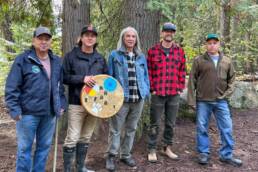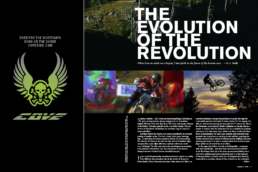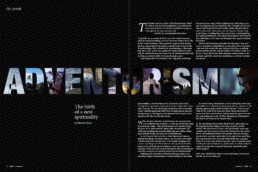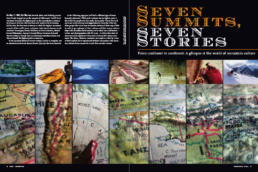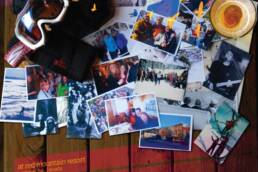The new Sinixt Confederacy office in Nelson, British Columbia will celebrate its grand opening this month.
On October 25, 2023 the new Sinixt Confederacy office in Nelson, British Columbia will celebrate it’s grand opening at #202 514 Vernon Street. The celebration will start at 11am on sidewalk outside the post office and then will move inside the museum from 11:30-2pm. Jarred Michael-Erickson, Chairman of the Confederated Tribes of the Colville Reservation (CTCR) and the Sinixt Confederacy, says “this is an important step in the implementation of the Supreme Court of Canada’s landmark decision in R v. Desautel and the process of reclaiming our responsibility to protect and sustainably manage our traditional territory in Canada for current and future generations.”
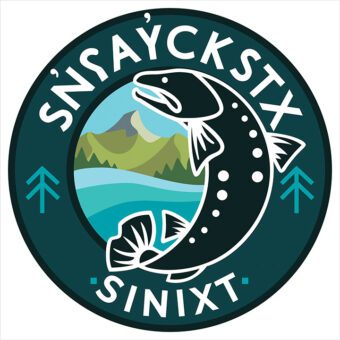 In 1956, the Sinixt people were declared extinct by the Canadian government. After an 11-year legal battle, the Supreme Court of Canada ruled on April 23, 2021 the Sn̓ ʕaýckstx (Sinixt/Arrow Lakes) should have access to their traditional hunting territory, which encompasses a large swath of the West Kootenay region.
In 1956, the Sinixt people were declared extinct by the Canadian government. After an 11-year legal battle, the Supreme Court of Canada ruled on April 23, 2021 the Sn̓ ʕaýckstx (Sinixt/Arrow Lakes) should have access to their traditional hunting territory, which encompasses a large swath of the West Kootenay region.
The ruling specifies that territory as having “ran as far south as an island just above Kettle Falls, in what is now Washington State, and as far north as the Big Bend of the Columbia River, north of Revelstoke in what is now British Columbia.” The Court also recognized the Arrow Lakes tribe, one of the twelve constituent tribes of the CTCR with approximately 3,500 members, as a successor group to the Sinixt.
CTCR has formed the Sinixt Confederacy, formerly known as the Arrow Lakes Aboriginal Society, to represent Sinixt people on both sides of the international border.
About the Colville Tribes
Today, more than 9,460 descendants of 12 Indigenous tribes are enrolled in the Confederated Tribes of the Colville. The twelve tribes which compose the Confederated Tribes of the Colville Reservation include: Scalámxax™ (deep water) or Chelan; walwáma (Wallowa people) or Chief Joseph Band of Nez Perce; s×my?ilp (sharp pointed trees) or Colville; întiyatk”ax” (grass in the water) or Entiat; snayckstx (speckled fish) or Arrow Lakes; mat×’U (blunt hills around a valley) or Methow; skwaxcanax” (people living on the bank) or Moses-Columbia; nspilm (prairie) or Nespelem; uknaqin (seeing over the top) or Okanogan; palúspam (people from Palouse) or Palus; sanp{wilx (grey mist as far as one can see) or San Poil, and Smposqwáwsax™ (people in between) or Wenatchi.
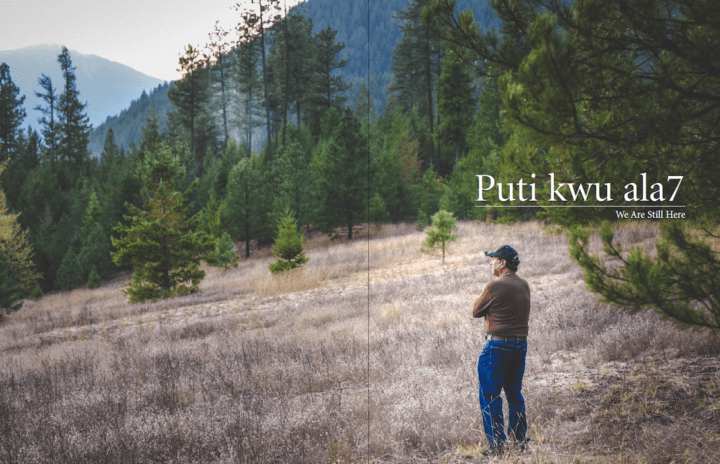
Kootenay Mountain Culture Magazine did a feature article about the Supreme Court ruling in the Winter 2021/22 issue and the full article can be read online here: kootenaymountainculture.com/sinixt-first-nation-no-longer-extinct.
Related Stories
Backyard Booty Cometh…Again
It was another glorious evening of multimedia marvelousness. The 6th Annual Backyard Booty at Nelson's Capitol Theatre.…
Powder Highway Ultimate Ski Bum Contest
We had to post this simply because it features KMC Editor, Mitchell Scott, in his formal acting debut. The contest is…
The Gathering at Red Mountain
This upcoming Easter weekend RED and POWDER Magazine are presenting the 2nd annual Gathering at RED. Come hang with…


